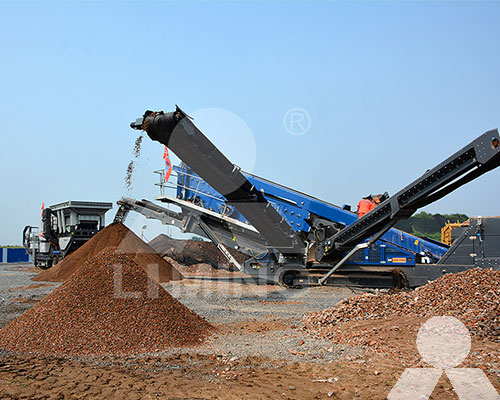Other Non-metals
Last Updated :2023-07-08 Views:346
Optimization of construction waste recycling crusher equipment
Optimization of construction waste recycling crusher equipment involves improving its efficiency, productivity, and sustainability. Here are some key factors to consider for optimizing construction waste recycling crusher equipment:

- 1.Design and Configuration:
Ensure the equipment is designed to handle the specific types and volumes of construction waste generated in your project.
Optimize the size and weight of the crusher to maximize portability and ease of transportation between job sites.
Incorporate features like adjustable settings and interchangeable screens to accommodate different material sizes and types. - 2.Crushing Mechanism:
Choose a crusher with a suitable crushing mechanism (e.g., mobile impact crusher, mobile jaw crusher, mobile cone crusher) based on the characteristics of the construction waste.
Optimize the crushing chamber design to enhance the crushing efficiency and reduce wear on the crusher components.
Incorporate technologies like hydraulic systems for easy adjustment of the crushing gap and automated control systems for better operational efficiency. - 3.Material Handling and Feeding:
Implement efficient material handling systems, such as conveyors, loaders, or excavators, to streamline the feeding process and reduce manual labor.
Use magnetic separators or other sorting technologies to remove any metal or hazardous materials before feeding them into the crusher.
Consider incorporating a pre-screening or scalping unit to separate fines and small particles, improving overall efficiency. - 4.Energy Efficiency:
Opt for energy-efficient crusher models that consume less power during operation.
Utilize technologies like regenerative braking or energy recovery systems to minimize energy wastage.
Implement intelligent control systems that automatically adjust the power and speed based on the load, reducing unnecessary energy consumption. - 5.Dust and Noise Control:
Install effective dust suppression systems to minimize airborne particles generated during the crushing process.
Implement noise reduction measures like acoustic enclosures, sound-damping materials, or remote-controlled operation to mitigate noise pollution. - 5.Maintenance and Serviceability:
Ensure easy access to critical components for regular maintenance, inspection, and repairs.
Use high-quality, durable materials for wear parts to reduce downtime and replacement frequency.
Provide comprehensive training to equipment operators and maintenance personnel to optimize the lifespan and performance of the crusher. - 6.Environmental Considerations:
Aim for a high recycling rate by optimizing the crusher’s ability to produce high-quality recycled aggregates from the construction waste.
Consider incorporating additional processes, such as screening, washing, or magnetic separation, to further refine the recycled materials.
Comply with environmental regulations and standards, ensuring proper waste management and disposal of any residual materials.
Remember, optimization strategies may vary depending on the specific requirements and constraints of your project. Engaging with equipment manufacturers, recycling experts, and industry professionals can provide valuable insights and guidance for optimizing construction waste recycling crusher equipment.









